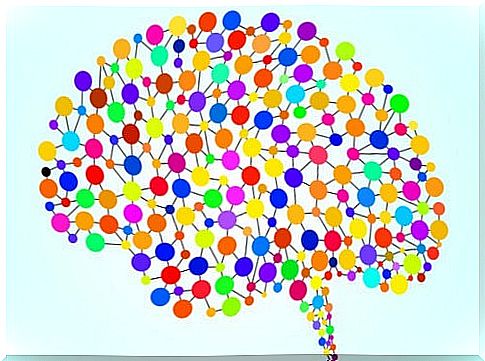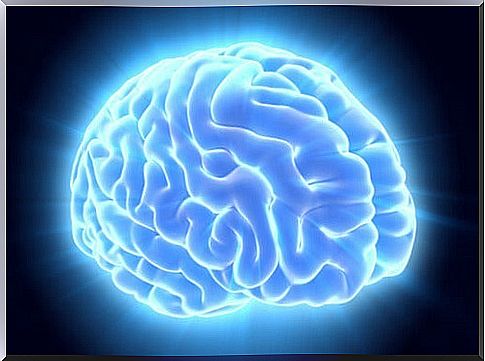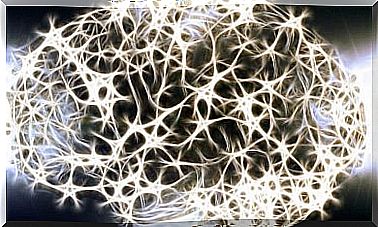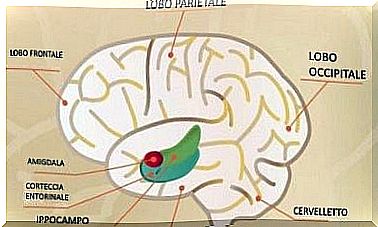Human Connectome Project: The 97 Unknown Brain Areas

Brain studies continue to be a fascinating subject. The more you study, the more questions and surprises to reveal. One proof of this is the recent brain map drawn by scientists at the University of Washington through the Human Connectome Project.
The brain map is a graphical representation of the brain obtained through various neuroimaging techniques, and shows different areas of the brain and their activities. When performed for diagnostic purposes, it allows you to know if the brain is functioning properly or if there are abnormalities.
Researchers from the University of Washington, in collaboration with scientists from Saint Louis, Missouri, Oxford, London, Minneapolis and Nijmegen, have developed a different map. The aim of the Human Connectoma Project was to define all the areas that make up the cerebral cortex using high-tech techniques. That’s how they discovered 97 areas of the brain that we don’t know about.

The research method employed
To identify unknown areas of the brain, the scientists collaborated with 210 volunteers, all young and in perfect health. The goal was to study brains that did not suffer from problems or disorders.
The researchers used state-of-the-art tools, in particular software capable of identifying specificities and contrasts in different areas of the brain. In other words, they identified the fingerprint of each zone.
The research was complemented with data obtained from the post mortem brain study. Parts of the brains of deceased people have been examined with powerful microscopes capable of enlarging, verifying or improving the findings. The full study was published in the journal Natur e and showed the presence of 97 areas of the brain that we do not know.
The neurology of the areas of the brain that we do not know
Neurology is a young science, which has barely a century of existence. From the beginning this discipline has established that the cerebral cortex is divided into zones or modules, each of which specialized in certain functions. Drawing a map of the entire facility initially proved to be a daunting task with inaccurate results.
The first to draw a brain map was the German Korbinian Brodmann, in 1909. Thanks to his work, he established the existence of 51 different areas of the brain. Its classification has remained valid and unchanged to this day.
Neurologists used Brodmann’s studies with data extracted from cases of patients with brain damage. The existence of injuries, strokes or tumors has allowed us to verify the influence on certain motor and visual functions and so on. So we got the data we refer to today.
Researchers Matthew Glasser and David Van Essen have been busy drawing up a new brain map. Three criteria have been taken into account in the new brain plan: function, local micro-architecture and connectivity. These elements would determine the difference between the various areas of the organ, and have served to identify the 97 areas of the brain that we do not know.

Interesting discoveries
Specifically, the scientists came to establish that each hemisphere of the cerebral cortex has 180 cortical areas. Within them are 97 areas of the brain unknown to us. The new map made it possible to see these areas clearly, almost like a geopolitical map.
The study is called the Human Connectoma Project and is funded by the National Institutes of Health (NIH) of the United States. The conclusion of the project is still far away, in fact the results are not yet completely clear. As for the functions of the brain areas discovered, scientists have been able to formulate only a few hypotheses.
One of these areas, called 55b, has particularly aroused the interest of researchers. In fact, it lights up when a person listens to a story. Another area that has attracted the curious of scholars is the one called POS2. Scientists believe this is an area that controls high and highly specialized functions; it has very different characteristics from all the others.
In reality, the work has only begun. The entire prefrontal cortex, which contains the most important intellectual functions of the human being, has barely been explored. We expect this first step to open the door to many more years of research, which will undoubtedly guarantee us countless surprises.








